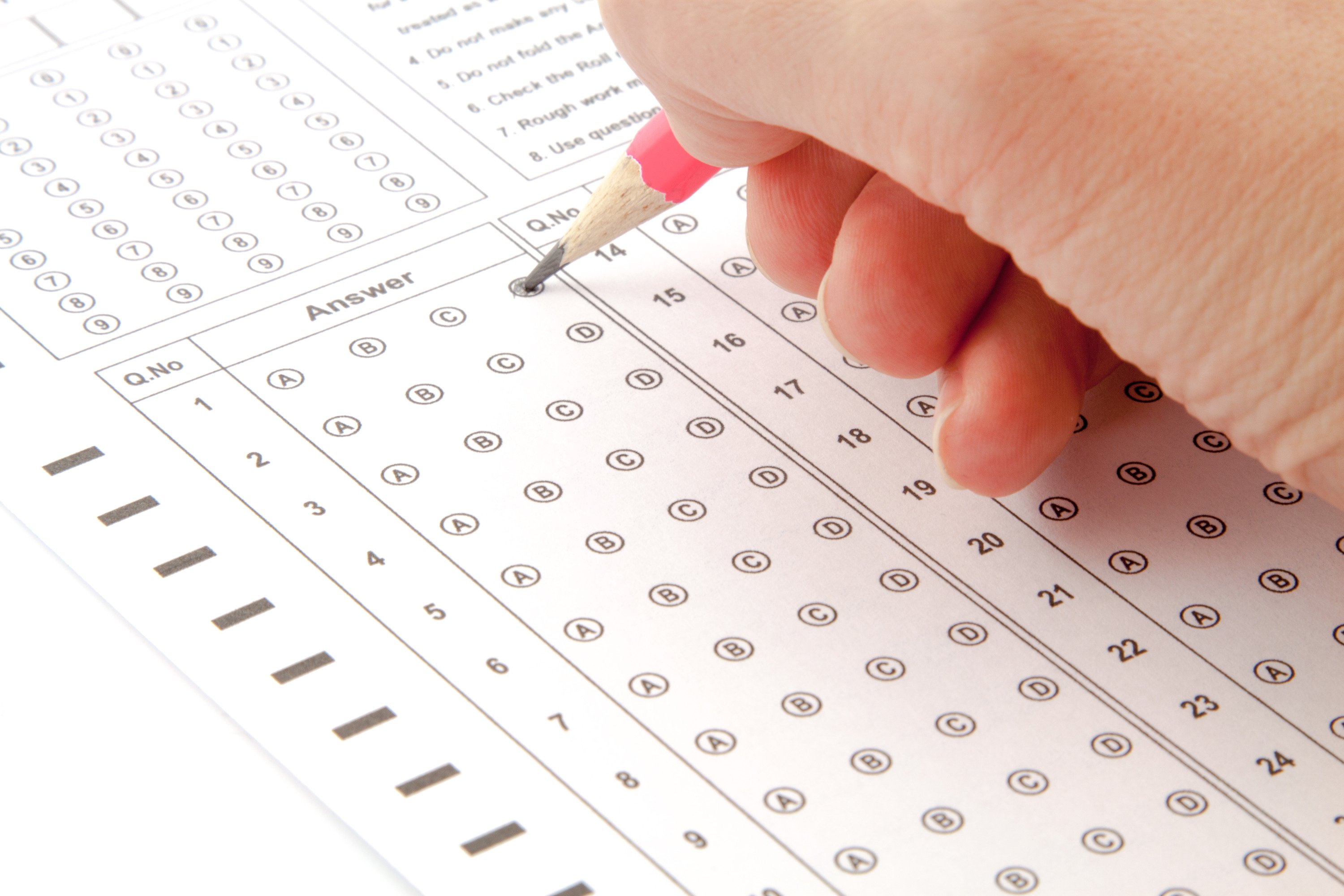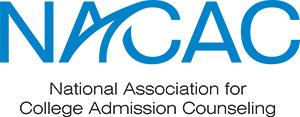What is the PSAT and what does it look like? How is it related to National Merit?
The PSAT is an abbreviated form of the SAT test and has the same 4 required sections as
the SAT (although fewer questions in some of the sections, and, as a result, less time total):
-
-
- Reading 47 questions in 60 minutes (vs SAT: 52 questions in 65 minutes)
- Writing & Language 44 questions in 35 minutes (same as SAT)
- Math-No Calculator 17 questions in 25 minutes (vs SAT: 20 questions in 25 minutes)
- Math-Calculator 31 questions in 45 minutes (vs SAT: 38 questions in 55 minutes)
-
TOTAL 2 hours 45 minutes (vs SAT: 3 hours)
Even though the PSAT is shorter than the SAT, it may be a student’s first exposure to a
lengthy standardized exam. Students receive an Evidence Based Reading & Writing section
score and a Math section score. The scoring of the PSAT is different from that of the SAT:
students can earn 160-760 per section instead of 200-800 (on the SAT), so the highest a
student can get is a 1520 (versus 1600 on the SAT). The PSAT doesn’t contain some of the
upper level math questions and there are fewer questions, so the scoring is out of a lower
scale.
That said, the PSAT scoring is vertically aligned with the SAT. Whatever a student gets
on the PSAT is the score they’d get had they taken the SAT instead that day. Students
should guess on the PSAT, just as they should on the SAT, since there’s no penalty for
guessing. Some students take the PSAT as early as 9th grade (we don’t recommend that)
and most students who take it do so in October of junior year, in which case it’s the
PSAT/NMSQT (National Merit Scholarship Qualifying Test).
Ok, so what’s all the fuss about National Merit?
National Merit Scholarships is an umbrella term since there are about 8700 scholarships
awarded each year comprising of National Merit, Special, Corporate-sponsored and
College-sponsored scholarships. They are typically reserved for students who have scored
really high on the PSAT/NMSQT in junior year.
“Really high” is somewhat subjective since the scores for finalist status can vary from year to year and state to state. The PSAT is scored from 160-760 per section (Evidence-Based Reading and Writing and Math) so the highest score is a 1520, different from the SAT’s total score of 1600. Depending on the state you live in, a near-perfect score may be needed.
For example, in New Jersey—one of the most competitive states—that might translate into a 37 out of 38 on each of the subsection scores (reading, writing/language, and math) or roughly a PSAT score of 740 out of 760 per section. National Merit Commended status (given to roughly 34,000 students who are NOT finalists) is established at the national level and has a lower requirement than the National Merit Final index requirement no matter where you live. Some of the other “Special Scholarship” score requirements are lower than the National Merit Finalist general indices.
Wait, there’s more than the general National Merit Scholarship?
Yes, there are about 1100 “Special Scholarships” awarded each year, in addition to about
2100 “Corporate Scholarships” and “College-sponsored Scholarships.” Special Scholarship
categories include the following and are awarded to students whose scores were high but not high
enough for National Merit:
- National Hispanic Recognition program
- Rural and Small Town Recognition Program
Some of the corporate scholarships can be worth more than the National Merit ones, and
are generally one-time awards ranging from a couple hundred dollars to tens of thousands.
Lastly, there are college-sponsored Merit Scholarship awards. These can go to students
who haven’t received any other type of National Merit moneys and who communicated to
the National Merit Scholarship Corporation that the sponsoring college is their top choice.
More information about these programs can be found at the College Board site or in the
Guide to the National Merit Scholarship Program.
How do they calculate the score used for National Merit?
The National Merit Score Index is usually on page 3 of your PSAT printed report—it’s what’s
used to determine who receives National Merit recognition. This index is calculated by
taking each section’s score (Reading, Writing & Language, Math) from 8-38 and doubling it.
So the highest a student can earn is a 228. You’ll typically find this on page 3 of the score
report.
Traditionally, locations with the highest index requirements are Massachusetts, New Jersey,
District of Columbia, and US students abroad. These locations had a PSAT score index
requirement of 222 (out of 228) for National Merit Finalists for the 2020 cycle. You can see
a detailed breakdown state by state in the National Merit guide at this site.
National Merit Commendation (with no scholarship moneys being awarded) is at the
national level, not the state or local level, and its index cutoff is lower than that for being a
finalist.
What if I miss the PSAT/NMSQT at my school?
This year, a lot of the class of 2022 students will probably be using the “alternate entry”
method to qualify for National Merit consideration since they weren’t able to take the PSAT
in either October or January of junior year. In case you’re not familiar with it, alternate entry
uses SAT scores from a recent administration in lieu of PSAT scores. Students do need to
file paperwork, typically by April 1st of junior year, and more information about Alternate
Entry can be found here. These SAT scores are NOT used in the National Merit
Commended or Finalist qualification cutoff establishment, so we’re curious as to what will
happen this year. We suspect that some states will have a significant increase in their index
requirement and some states will drop in their cutoff.
Do I need to practice for the PSAT?
For the vast majority of students, you do NOT need to practice for the PSAT. It is not used
by colleges for admissions purposes. It’s simply practice, especially if you take the PSAT
8/9/10. Qualifying for National Merit Finals is tough; we’re not going to lie. Roughly 1.5
million students enter the National Merit Competition and only about 50,000 students
receive some form of recognition, from Commended student to Scholarship-winning
status. If, as a sophomore taking the PSAT 10 your PSAT scores relatively high (somewhere
around 1470 out of 1520), you may want to brush up on your PSAT skills before you sit for
the test in junior year and you might even want to work with a tutor to hone your skills so
you’re within striking distance.
You can find sample PSAT tests at the College Board PSAT page and if you’re scoring that high, you might want to take a practice test. While being a National Merit Semifinalist sounds fancy, it isn’t necessary to get into college, even or especially the selective ones. Because here’s the thing students don’t often remember: if you’re strong enough to become a semifinalist through your PSAT, then you’re strong enough to do well on an actual SAT, and that’s the score colleges will see. So, being a semifinalist becomes a bit of an unnecessary accolade.
About Us: With more than twenty years of experience, Collegewise counselors and tutors are at the forefront of the ever-evolving admissions landscape. Our work has always centered on you: the student. And just like we’ve always done, we look for ways for you to be your best self - whether it’s in the classroom, in your applications or in the right-fit college environment. Our range of tools include counseling, test prep, academic tutoring, and essay management, all with the support of our proprietary platform, leading to a 4x higher than average admissions rates.



.png?width=600&height=200&name=Blog%20CTAs%20(1).png)



